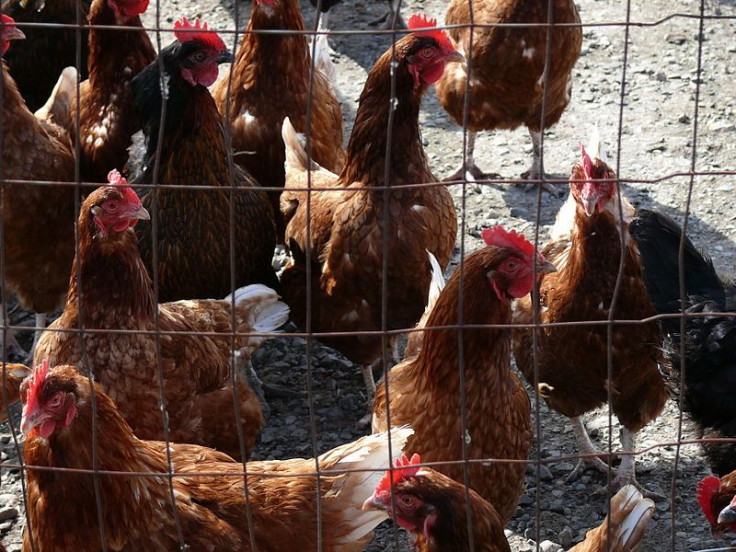New H7N9 Bird Flu Diagnostic Test May Prevent Pandemic

Thirty-one people have died from H7N9 bird flu virus infection since the end of March, while the number of confirmed cases — currently 129 —continues to climb. Evidence suggests that most infections have arisen from poultry-to-human transmission, and that passage of the virus between humans is limited. However, researchers have also found mutations in the virus that are known to help avian viruses adapt to mammalian hosts. If these mutations lead to sustained human-to-human transmission, a serious pandemic could occur.
Today, breaking research in Clinical Chemistry demonstrates that a recently developed diagnostic test can detect the H7N9 influenza virus that is causing an outbreak in China.
Researchers designed a one-step diagnostic test with high specificity for the H7N9 virus that does not cross react with distantly related viruses, including all previously known avian and mammalian H7 viruses. Significantly, the quantitative real-time PCR assay enables specimen processing in about three hours.
"These results suggest that the established assay should be suitable for screening H7N9 viruses in human samples," says lead investigator Leo Poon , PhD, of the University of Hong Kong, though additional evaluation using clinical specimens from H7N9 patients is needed.
According to the authors, this new test should also detect viruses closely related to the H7N9. If confirmed, this capability could be crucial; scientists believe it is likely that the H7N9 virus is evolving rapidly, and there could be multiple introductions of avian H7N9 viruses from animals to humans. The test also demonstrates enough sensitivity to identify patients with active virus replications.
If validated, this diagnostic test could help health officials avert a potential pandemic by allowing them to monitor the spread of the virus. The test could also identify H7N9 patients in the early stages of infection, improving their chances of responding to clinical treatments.
Clinical Chemistry is a journal of the American Association for Clinical Chemistry; a podcast on this paper is available here.
Poon, Leo. Molecular Detection of Human H7N9 Influenza A Virus Causing Outbreaks in China. Clinical Chemistry. 2013: 208975 Published May 10, 2013.



























